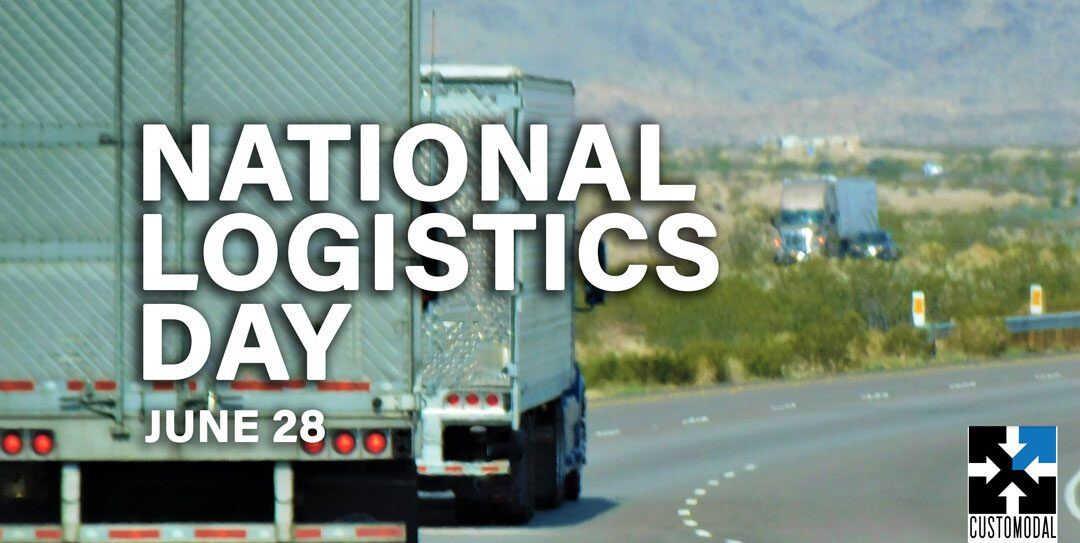
Picture this: a blizzard rages across Wisconsin, blanketing I-90 in a thick layer of snow and ice. Trucks are backed up for miles, deliveries are delayed, and supply chains grind to a halt. Winter weather throws a wrench into even the most meticulously planned freight operations.
From treacherous road conditions to equipment failures, businesses face a unique set of challenges when the temperature drops. Preparing your supply chain for these icy realities is crucial to keep goods moving and minimize costly disruptions.
Winterizing Your Supply Chain
Successfully navigating Wisconsin's winter freight challenges requires a multi-faceted approach, starting with ensuring your entire supply chain is ready to tackle the harsh conditions. This means more than just trucks; it's about the resilience of your network. Proactive planning is essential to keep your goods moving smoothly and safely when the snow starts to fall. Consider these key areas:
-
Equipment Readiness: While individual fleet maintenance is crucial, ensure your carriers have robust winterization protocols in place. Inquire about their preventative maintenance schedules and their capacity to handle winter conditions.
-
Contingency Planning: Just as individual drivers need emergency kits, your supply chain needs backup plans. Work with your carriers to identify alternative routes and transportation options in case of road closures or severe weather.
Prioritizing Safety Across the Supply Chain
Safety is paramount in winter freight operations, not just for drivers, but for everyone involved in the supply chain.
-
Driver Qualifications: When selecting carriers, prioritize those with comprehensive driver training programs that include winter driving skills and emergency preparedness.
-
Communication Protocols: Establish clear communication channels between all partners – carriers, suppliers, and your team – to ensure everyone is informed about weather conditions, potential delays, and any necessary adjustments to schedules.
Route Planning and Weather Monitoring for Optimized Logistics
Wisconsin weather can change rapidly, impacting transportation routes and schedules. Effective planning and real-time monitoring are essential for efficient logistics.
-
Weather Intelligence: Leverage weather data and forecasting tools to anticipate potential disruptions. This includes monitoring National Weather Service alerts and utilizing specialized trucking weather apps.
-
Route Optimization: Work with your carriers to develop flexible routing strategies that can adapt to changing conditions. Consider road conditions, terrain, and historical weather patterns to identify the safest and most efficient routes. Real-time visibility, often provided by 3PLs, is critical for dynamic rerouting.
Cargo Protection
Winter weather doesn't just threaten your trucks and drivers; it can also damage your cargo. Protecting your goods from the elements is crucial to ensure they arrive at their destination in pristine condition.
-
Packaging for protection: Use waterproof and insulated packaging materials to shield your cargo from moisture and extreme temperatures. For temperature-sensitive goods, consider specialized packaging with thermal liners or phase-change materials to maintain optimal conditions.
-
Temperature control: For climate-sensitive cargo, utilize heated or refrigerated trucks to maintain a consistent temperature throughout the journey. Monitor temperature levels closely to ensure goods are not exposed to damaging conditions.
-
Secure your load: Proper loading and securement are critical to prevent cargo from shifting during transit, especially on icy roads. Take extra precautions for fragile cargo by using appropriate cushioning and bracing materials.
Technology Solutions
Technology is a powerful ally in the fight against winter freight challenges. By leveraging the right freight tech, you can optimize operations, enhance safety, and maintain efficiency even in the harshest conditions.
-
GPS tracking: Real-time location monitoring allows you to track your shipments' progress and identify potential delays. GPS data can also be used for performance tracking and route optimization, helping you find the most efficient and safest routes.
-
Telematics: Telematics systems provide valuable insights into vehicle health and driver performance. Receive diagnostic and maintenance alerts to address potential issues proactively. Monitor driver behavior, such as speed and braking patterns, to promote safe driving practices.
-
Weather alert systems: Stay ahead of the storm with automated notifications of severe weather events. Integrate weather alerts with your GPS tracking system to proactively adjust routes and avoid hazardous conditions.
Collaboration with Partners
Winter freight success relies on strong partnerships and seamless communication. Coordinating with carriers, suppliers, and customers is essential to navigate challenges and maintain a resilient supply chain.
-
Carrier collaboration: Work closely with your carriers, sharing real-time weather information and potential delays. Jointly develop contingency plans to address disruptions and ensure flexibility in your transportation network.
-
Supplier coordination: Maintain open communication with your suppliers, adjusting delivery schedules as needed to accommodate weather-related delays. Proactive communication helps prevent disruptions further up the supply chain.
-
Customer communication: Keep your customers informed with proactive updates on shipment status. Set realistic delivery expectations, acknowledging the potential impact of winter weather on transit times.
Managing these relationships effectively can be complex, especially during challenging winter months. A reliable 3PL can act as a central communication hub, coordinating with all parties and providing visibility throughout the supply chain. This allows you to focus on your core business while ensuring smooth and efficient outbound freight operations.
Contingency Planning
Even with the best preparation, winter weather can still throw a curveball. That's where contingency planning comes in. Developing a comprehensive plan for unexpected disruptions is crucial to minimize downtime and keep your supply chain moving.
-
Be Flexible: Sometimes, the most effective strategy is to adapt to the unpredictable nature of winter weather. Consider reprioritizing production schedules or shipping orders early to allow a buffer for potential storm delays. This proactive approach can help mitigate the impact of disruptions and keep your commitments on track.
-
Warehousing and storage: Secure warehousing and storage solutions for delayed shipments. This prevents cargo from being stranded and provides a buffer against unexpected delays.
-
Communication protocols: Establish clear communication protocols for all stakeholders, including carriers, suppliers, customers, and internal teams. Ensure everyone knows their role and responsibilities in the event of a disruption.
-
Regular review: Contingency plans are not static documents. Regularly review and update your plan to reflect changes in your business, your partners, and the ever-evolving challenges of winter weather.
Insurance and Liability
Winter freight operations come with inherent risks. Understanding the legal and financial implications is crucial to protect your business from potential losses.
-
Insurance coverage: Review your insurance policies to ensure adequate coverage for winter-related incidents. This includes cargo insurance for weather-related damage, liability coverage for accidents and injuries, and any other relevant policies specific to your operations.
-
Incoterms: Familiarize yourself with Incoterms (International Commercial Terms), which define the responsibilities and liabilities of buyers and sellers in international trade. Understanding these terms clarifies liability for goods in transit and ensures proper coverage in case of damage or loss.
-
Consult with experts: It's always wise to consult with insurance providers or legal experts to ensure you have the right coverage and understand your liabilities in winter freight operations. Don't leave anything to chance when it comes to protecting your business.
Don't Let Winter Freeze Your Freight
Navigating Wisconsin's winter freight landscape requires a proactive and comprehensive approach. From winterizing your fleet and prioritizing driver safety to leveraging technology and building strong partnerships, every step counts. Remember, contingency planning and adequate insurance coverage are your safeguards against the unexpected.
As a Wisconsin-based company, Customodal understands the unique challenges of winter freight in the Midwest. Our expertise and technology-driven solutions can help you optimize your operations and ensure smooth, efficient freight management throughout the season.
Contact us today to learn how we can help you conquer the winter freight challenge!





